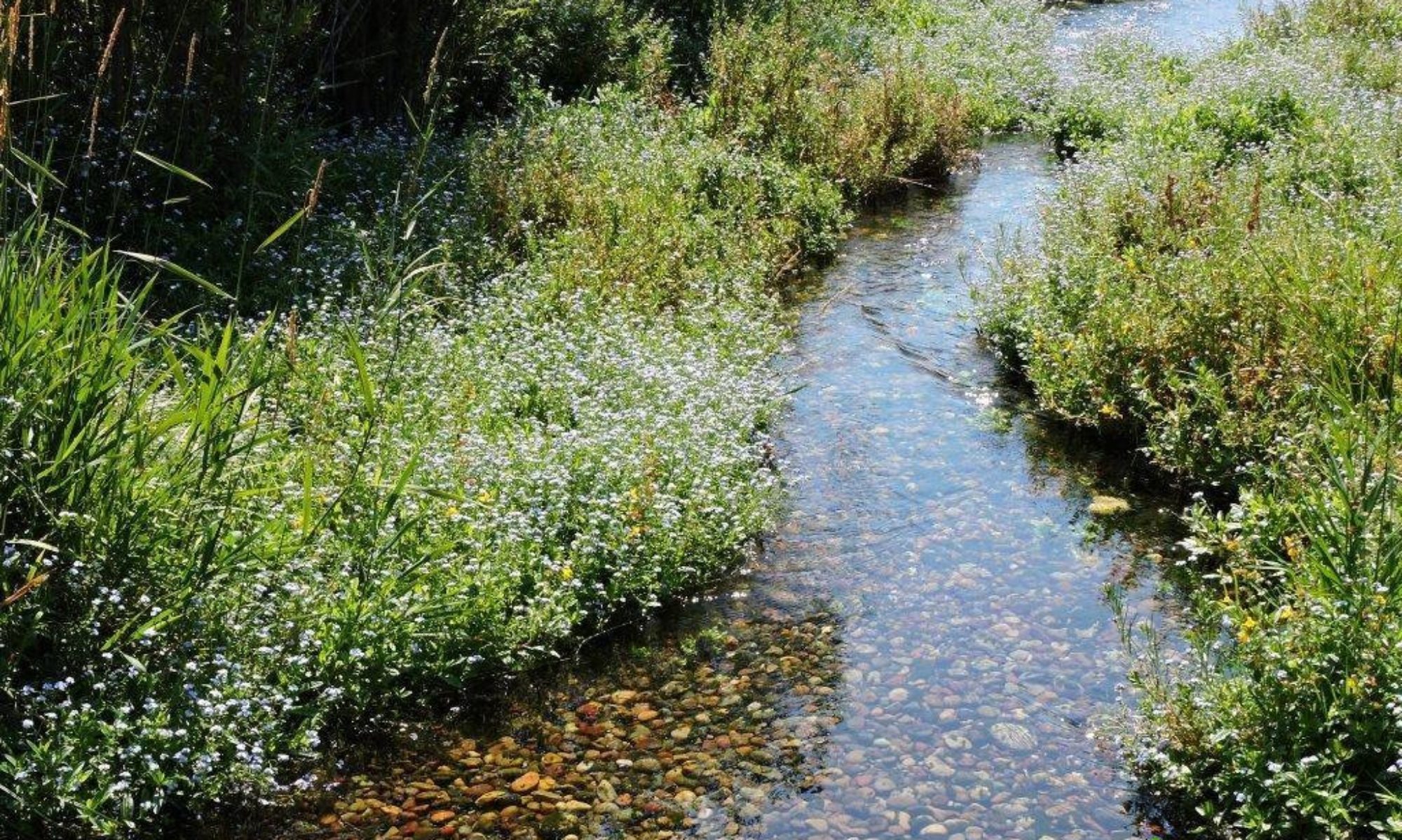Science has quantified some of the ways forests aid in good health, and a selection of those research studies can be accessed through the sites I’ve listed below. For example, phytoncides are antimicrobial organic compounds produced by plants and trees to help them fend off harmful insects, rot, and diseases. Phytoncides are sometimes referred to as the aroma of the forest, and by breathing in that aroma we can also benefit from those compounds, just by spending time among the trees.

Just a few of the health benefits that have been identified as a result of forest bathing:
- boosts immune system functions
- eases stress and tension
- lowers heart rate, pulse rate, and blood pressure
- reduces feelings of hopelessness, hostility, and depression
- aids in sleep and relaxation
- increases concentration
- increases energy levels
Forest bathing does not involve immersing yourself in water, or heavy exercise, or even walking with a goal in mind. It is merely the act of getting out in the woods and being…you don’t even have to do much walking. You can find a rock or downed log to perch on, and sit there absorbing the nature all around you. In fact, shinrin-yoku is meant to be a peaceful endeavor. If you do walk, walk slowly – wander. Take in the beauty. Take in the quiet. Take in the green. Take in the forest aromas. Take in the wild life. Be aware and soak it all in.

Here are some suggestions to enhancing your experiences with shinrin-yoku:
- Leave the mobile phone, ear buds, and any other electronic devices at home or in your car – at the very least turned off and in your pocket or pack
- Try to choose a time when you won’t have to cut your experience short to be somewhere else – don’t rush!
- Dress appropriately so you are comfortable and not distracted by cold/heat/bugs, etc.
- If you go with friends, agree to spend time apart so you are able to each have your own experiences
- Take water with you to guard against dehydration on hot days or if you’re out for a long period
- Take along an attitude of openness – be open to the peace of the forest and to whatever feelings and experiences you might have
- Observe what’s around you: sunlight through the trees, birdsong, the sound of wind rustling leaves, the feel of wood bark under your fingers, forest aromas, whatever else you notice around you
- I like to have a notebook handy, but keep it in the car or in my pack – I can then record impressions or feelings as soon as I’m done, while they’re still fresh
I would also suggest being careful about what you touch if you aren’t familiar with the plants you find in nature. If you can identify things like poison ivy or wild parsnip, great! But if you aren’t familiar with the plants you see, be cautious about touching them.
Below are links to some articles and websites that can give you more information about shinrin-yoku. Overall, it’s a simple concept geared at helping you achieve more peace in your life and enhance your overall health. But some people like the idea of going out with a guide, even if it’s just for an introductory walk. Here in the Twin Cities, the Minnesota Landscape Arboretum offers guided shinrin-yoku walks on occasion, and there could easily be guided walks somewhere near you as well.
Forest Bathing: A Retreat To Nature Can Boost Immunity and Mood (NPR)
Your Brain on Nature: Forest Bathing and Reduced Stress (Mother Earth News)
The Benefits of “Forest Bathing” (Time)
5 Simple Steps to Practicing Shinrin-yoku (Grow Wild)
Forest Therapy Association of the Americas
Introduction to Shinrin-yoku (video)
Forest Bathing is a practice that can result in long-term benefits if you make it a part of your routine. Most studies recommend including in your schedule about 40 minutes of shinrin-yoku at least once each week, which is what my aim is (although I try to go more often and for longer periods). But more than this, getting out in the woods, even if it’s just a small neighborhood park with a few trees, is an experience I find myself longing for if I don’t go regularly – it factors significantly in my overall well-being. Nature is a part of us, we are not separate from her. For me, wandering in the woods is the best thing I can do to strengthen that bond.

“I took a walk in the woods and came out taller than the trees.” – Henry David Thoreau
